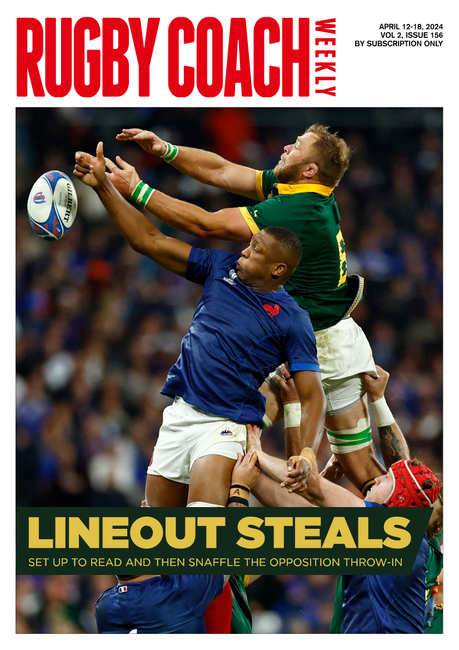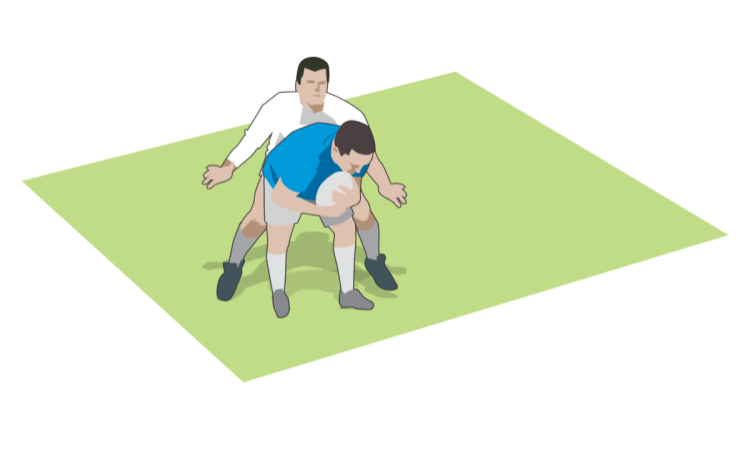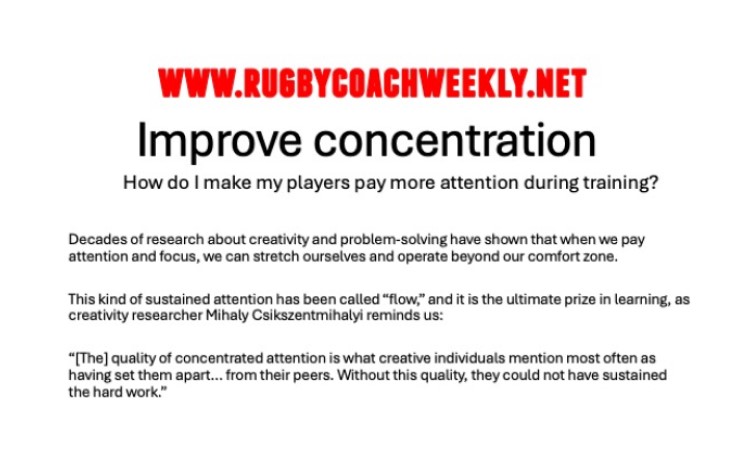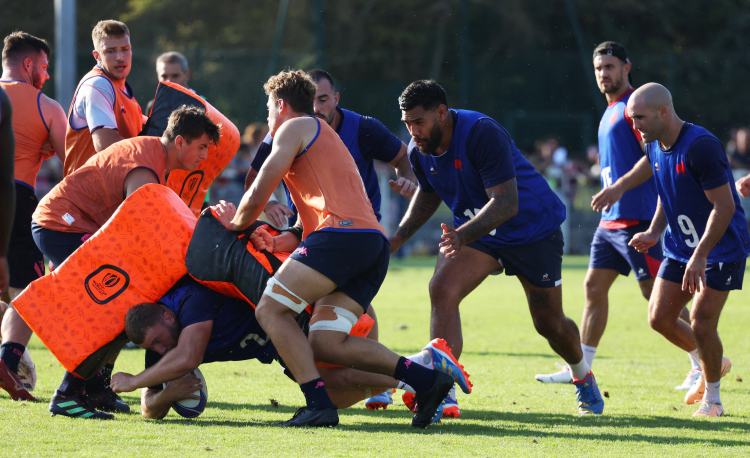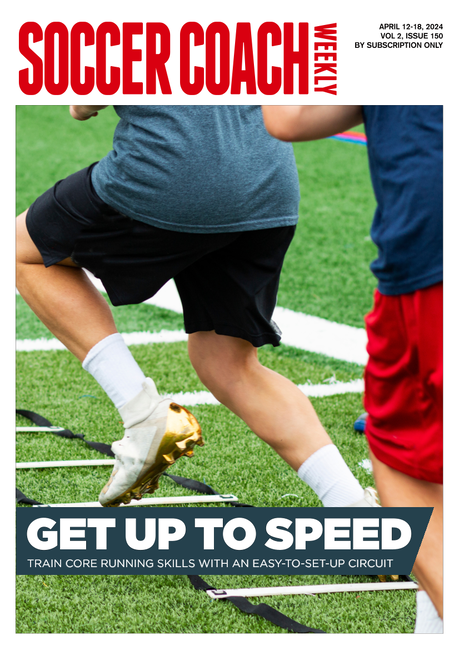You are viewing
1 of your 2 free articles
Into the T presentation skills activity
Contactby Dan Cottrell
Develop your players' presentation skills after the contact. Here, the player has to place the ball back effectively to their teammates after the contact.
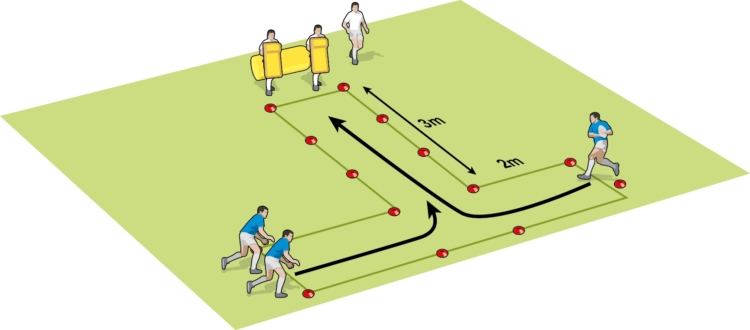
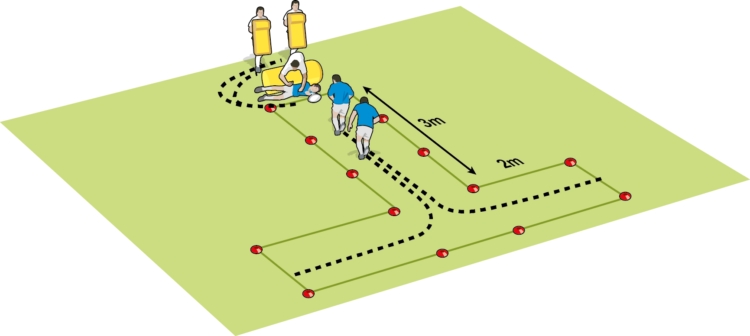
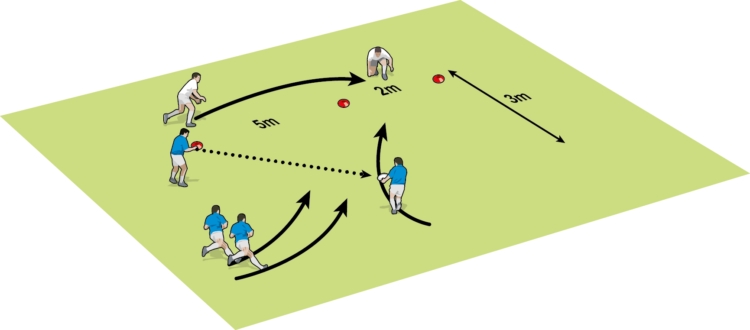

- Have a ball carrier and two support runners stand to the right or left side of the T.
- On your go, the ball carrier runs down the T, breaks through the ruck pads and falls to the ground just before the tube.

- Once the pads have been breached, the defender and the pad holders go around the tube, and attempt to win the ball.
- The support runners run up the T and try to secure the ball for a few seconds and then stop.

- Develop by having a player run at a tackler after receiving a pass, with two other players in support.
- A defensive support player aims to challenge for the ball at the tackle.
TECHNIQUE
- Ball placement away from body and towards own team’s try line.
- Footwork before pads to get through gap.
- Targeting and clearing out threats over and around the ball.
Newsletter Sign Up
Coaches Testimonials

Gerald Kearney, Downtown Las Vegas Soccer Club

Paul Butler, Florida, USA

Rick Shields, Springboro, USA

Tony Green, Pierrefonds Titans, Quebec, Canada
Subscribe Today
Be a more effective, more successful rugby coach
In a recent survey 89% of subscribers said Rugby Coach Weekly makes them more confident, 91% said Rugby Coach Weekly makes them a more effective coach and 93% said Rugby Coach Weekly makes them more inspired.
Get Weekly Inspiration
All the latest techniques and approaches
Rugby Coach Weekly offers proven and easy to use rugby drills, coaching sessions, practice plans, small-sided games, warm-ups, training tips and advice.
We've been at the cutting edge of rugby coaching since we launched in 2005, creating resources for the grassroots youth coach, following best practice from around the world and insights from the professional game.
More from us
© 2023 Rugby Coach Weekly
Part of Green Star Media Ltd. Company number: 3008779
We use cookies so we can provide you with the best online experience. By continuing to browse this site you are agreeing to our use of cookies. Click on the banner to find out more.


